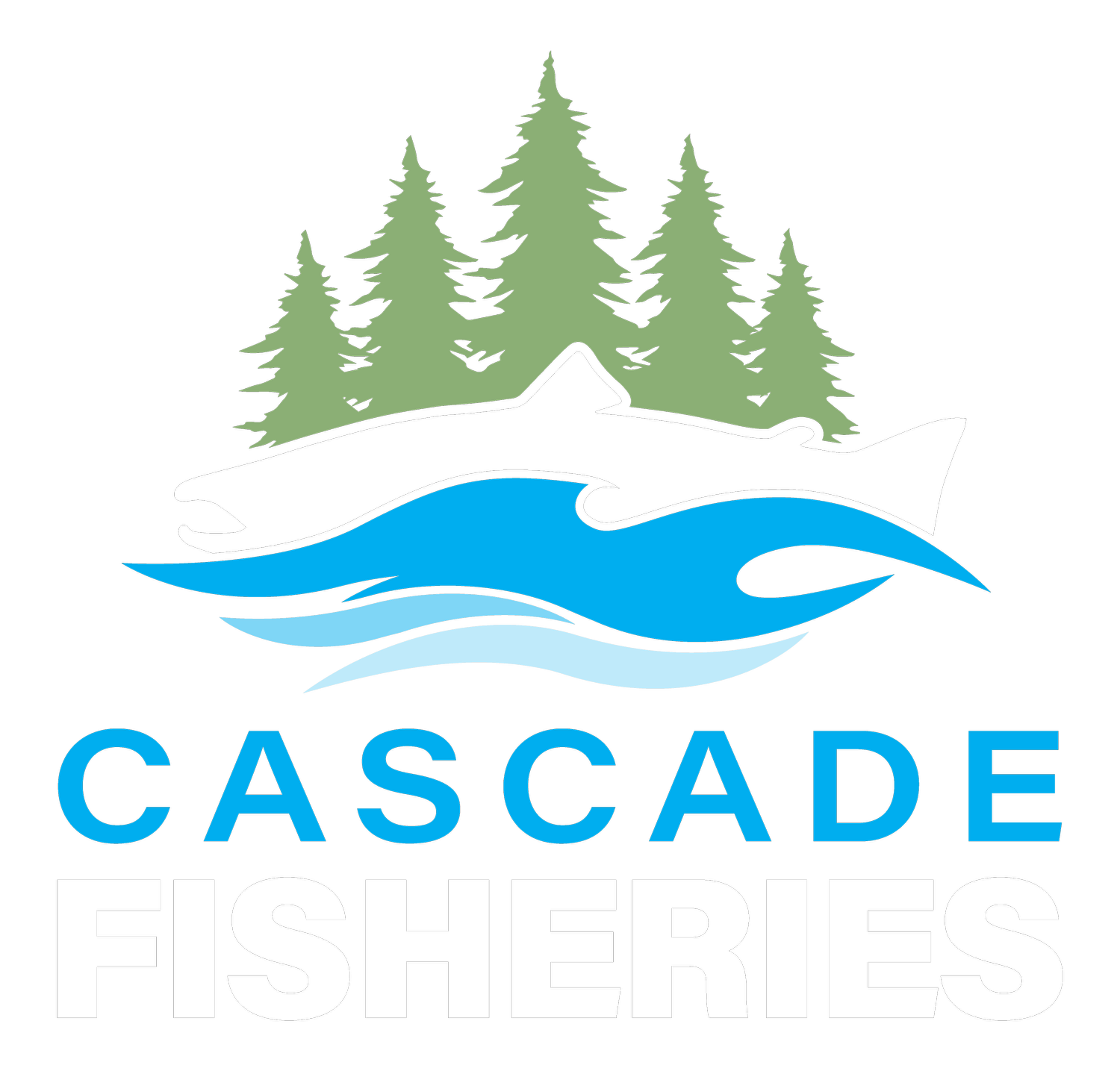Recovery efforts around the state
“Salmon populations in Washington State are being restored through regionally specific, scientifically rigorous, and locally produced recovery strategies.”
- Washington State Recreation and Conservation Office
state of salmon report: Upper Columbia River Region
Brief overview of Salmon Decline and Recovery in Columbia Basin:
The Columbia River is home to six species of anadromous Pacific salmon/trout: Chinook, coho, sockeye, chum, and pink salmon, and steelhead. The basin’s salmon and steelhead runs were once among the largest in the world, with an estimated average of between 10-16 million fish returning to the basin annually (recently reported at about 1 million fish annually). For thousands of years, the tribal people of the basin have depended on these salmon runs and other native fish for physical, spiritual, and cultural sustenance. Commercial and sports fishing, and recreational, aesthetic, and cultural considerations endear salmon and steelhead to millions of other residents and visitors. Many animals, including bald eagles, osprey and bears, also rely on fish from the Columbia River and its tributaries to survive and feed their young.
Dramatic declines in the abundance of anadromous salmonids have occurred over the last century in the Columbia River basin. Declines followed significant commercial harvest that began as early as the middle 1800’s, hydrosystem and watershed development, habitat loss and degradation, reduced natural production, and reduced survival in rearing freshwater, estuary, and marine environments. Recent years have seen some improvements in the number of adult salmon and steelhead passing Bonneville Dam; however, many of these are hatchery fish.
These developments included the construction of dams throughout the basin for such purposes as hydroelectric power, flood control, commercial navigation, irrigation, and recreation. Fourteen of the largest multi-purpose dams are on the mainstem Columbia; the mainstem Snake River adds another dozen major projects. These river developments support the region’s economic prosperity while having substantial adverse effects on the native anadromous and resident fish of the basin. (Northwest Power Planning Council, 2014)
STATUS OF SALMON IN THE UPPER COLUMBIA REGION:
Geographically, the Upper Columbia region includes the Columbia River and its tributaries upstream of the confluence with the Yakima River to the base of Chief Joseph Dam. Currently, there are three independent spring Chinook populations (Wenatchee, Entiat, and Methow) and four steelhead populations (Wenatchee, Entiat, Methow, and Okanogan). Spring Chinook in the Okanogan sub-basin were extirpated. The Upper Columbia Salmon Recovery Board (UCSRB) developed the Recovery Plan for Upper Columbia spring Chinook (listed as endangered under ESA), and Upper Columbia summer steelhead (listed as endangered under ESA). Although the Recovery Plan includes strategies for bull trout, it is not the official recovery plan for bull trout, which is still being drafted by the U.S. Fish and Wildlife Service. The Recovery Plan was the culmination of six years of collaboration among local governments, tribes, citizens, interest groups, and state and federal agencies facilitated by the UCSRB. Through this work, the UCSRB defined recovery of viable and sustainable populations of salmon, steelhead, and other at‐risk species through collaborative, economically sensitive efforts, combined resources, and wise resource management of the Upper Columbia region. (UCSRB, Habitat Report, 2014)

